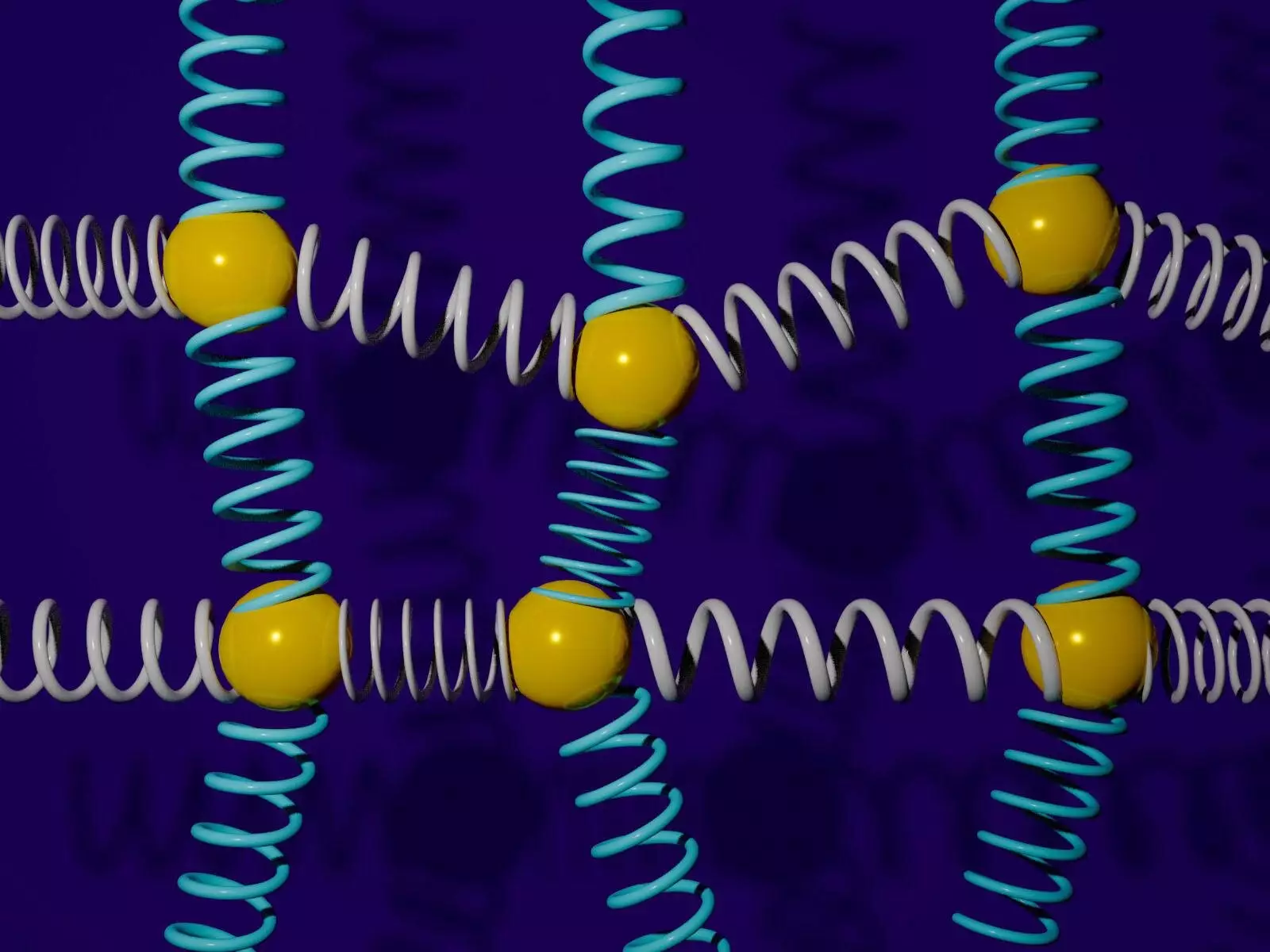The concept of “coupled oscillations” may not be a term that is commonly heard in everyday conversation, but the reality is that these phenomena are abundant in the natural world. These interconnected systems of oscillators play a crucial role in a wide array of disciplines, from physics to engineering to materials science. Through a new quantum algorithm developed by a team of researchers, led by Professor Nathan Wiebe from the University of Toronto and the Pacific Northwest National Laboratory (PNNL), the simulation of complex coupled oscillator systems has been revolutionized. This advancement opens up new possibilities for exploring and understanding a myriad of complex systems.
Coupled harmonic oscillators, which are systems of interacting masses and springs, serve as a fundamental representation of coupled oscillatory systems. These systems can be applied to describe a diverse range of mechanical phenomena, including the dynamics of bridges, atomic interactions, and gravitational effects between celestial bodies like the Earth and the moon. By gaining a deep understanding of these coupled oscillator systems, scientists and engineers can delve into numerous fields, from chemistry to materials science, with greater insight and efficiency.
In collaboration with researchers from Google Quantum AI and Macquarie University in Sydney, Australia, Professor Wiebe developed a cutting-edge algorithm designed for simulating coupled masses and springs on quantum computers. This innovative approach involves mapping the dynamics of coupled oscillators to a Schrödinger equation, which serves as the quantum counterpart to classical Newtonian equations. Through this mapping, the oscillatory system can be efficiently simulated using Hamiltonian methods on quantum computers.
One of the key outcomes of this research is the demonstration of the exponential advantage that the new quantum algorithm offers over classical simulation methods. By utilizing fewer quantum bits and operations, researchers can now simulate complex systems of coupled oscillators at a significantly faster pace. This exponential speedup has profound implications for the field of quantum computing and computational physics, showcasing the potential for quantum systems to outperform classical computers in certain tasks.
The research team’s work also sheds light on the tantalizing question of whether quantum computers truly hold an advantage over classical computers in terms of computational power. By showing that coupled harmonic oscillators can simulate an arbitrary quantum computer, the researchers provide compelling evidence for the exponential speedup offered by the new algorithm. This insight not only underscores the unique capabilities of quantum systems but also highlights the intricate connection between quantum dynamics and classical oscillator systems.
The exploration of coupled oscillatory systems through the lens of quantum algorithms represents a significant leap forward in computational science. The development of this novel algorithm not only enhances our ability to understand and simulate complex systems but also paves the way for further advancements in quantum computing technology. As researchers continue to probe the intersections of quantum dynamics and classical mechanics, new possibilities for innovation and discovery emerge, shaping the future of scientific exploration.


Leave a Reply